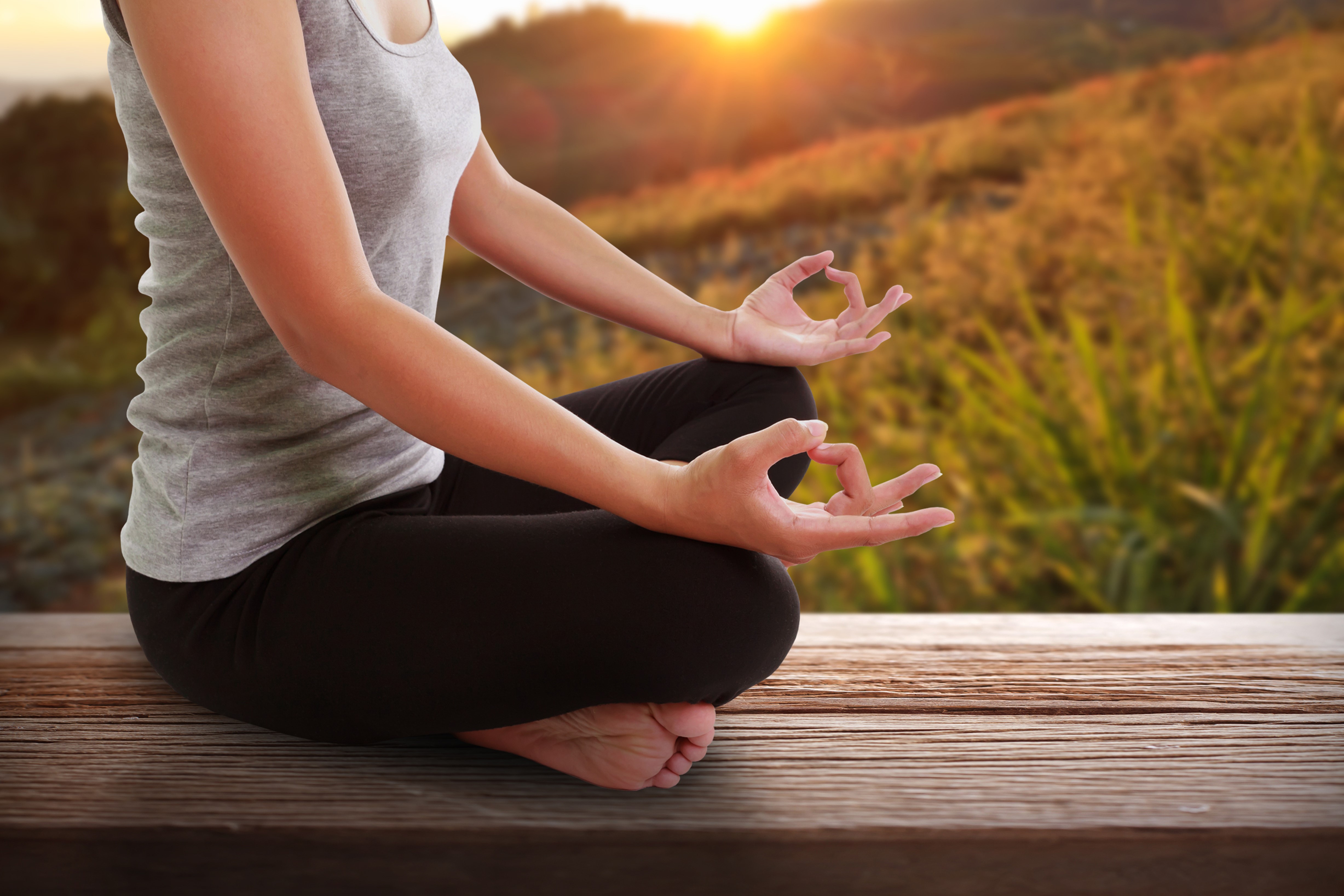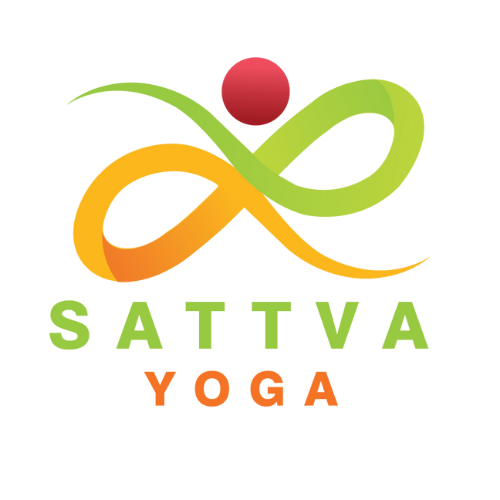
Self-Inquiry Meditation
"Inner renunciation is the most important renunciation. Firstly, renounce bad qualities and remove from your inner path the stones of ego, anger, lust and hatred."
Meditation helps us to attain Self-Knowledge through self-control and self-development. Its goal is to experience and realise the Divine Self (Atma) within us. Such a supreme goal cannot be achieved overnight, but requires self-discipline, consistent practice, and guidance from a Master.
To acquire knowledge of the Atma, it is first necessary to explore and illuminate all levels of consciousness. This includes the conscious mind, subconscious mind and unconscious mind. The content of these levels of consciousness must be fully exposed and purified. This can only occur when we do so with full awareness - through meditation. Then the door to Supreme consciousness will open to reveal the Divine Atma.
In "Self-Inquiry Meditation" the initial practice is to attain complete physical and mental relaxation. Next is to increase the ability to concentrate through the practices of visualisation and imagination. Then the mind is turned to inquire into the contents of our own consciousness - to our personal qualities, perceptions and habits of thought. At the same time, it is important to detach oneself from preconceived ideas and opinions. Throughout this practice, one must adopt an unbiased viewpoint in order to gain full insight and knowledge.
In "Self-Inquiry Meditation" we learn to understand ourselves and others. We learn to forgive ourselves and others. We purify our subconscious and gradually lose our inner inhibitions and complexes. Our thinking becomes well-ordered and clear and due to this we are able to overcome and avoid many difficulties in life. In the end we recognise our true essence and our goal in life and bring our inner Self to unfold.
 Preparation for Meditation Exercise (about 20 minutes)
Preparation for Meditation Exercise (about 20 minutes)
-
Come into a sitting posture in which it is possible for you to remain comfortable, relaxed and motionless during the entire exercise.
-
The upper body is erect. Head, neck and back form a straight line.
-
You can place a meditation shawl around your shoulders.
-
The hands rest in Chin Mudra on the knees or thighs.
-
Close the eyes.
Relax the face muscles, especially the eyelids and the forehead.
Relaxation of the body deepens as you consciously relax the abdomen, elbows, lower jaw and forehead. When these “key points” are relaxed, the whole sitting position is relaxed.
Remain in this position for approximately 5 minutes. Calm your thoughts and emotions.
Chant OM and practice the meditation exercise according to the relevant exercise level.
 To End the Meditation Exercise
To End the Meditation Exercise
Chant OM
Rub the palms together firmly, place them over the face and warm the face muscles.
-
Bend the upper body forward until the forehead touches the floor. Rest the arms relaxed beside the head on the floor. Feel the flow of blood into the face muscles. Remain for a short while in this position. In this way, after sitting motionless, the circulation is stimulated, and the head receives a good supply of blood.
Slowly come upright and open your eyes.
 Starting Position:
Starting Position:
Meditation Posture
 Breath:
Breath:
Normal Breathing
 Duration:
Duration:
To begin 10-20 minutes, later 30-60 minutes

